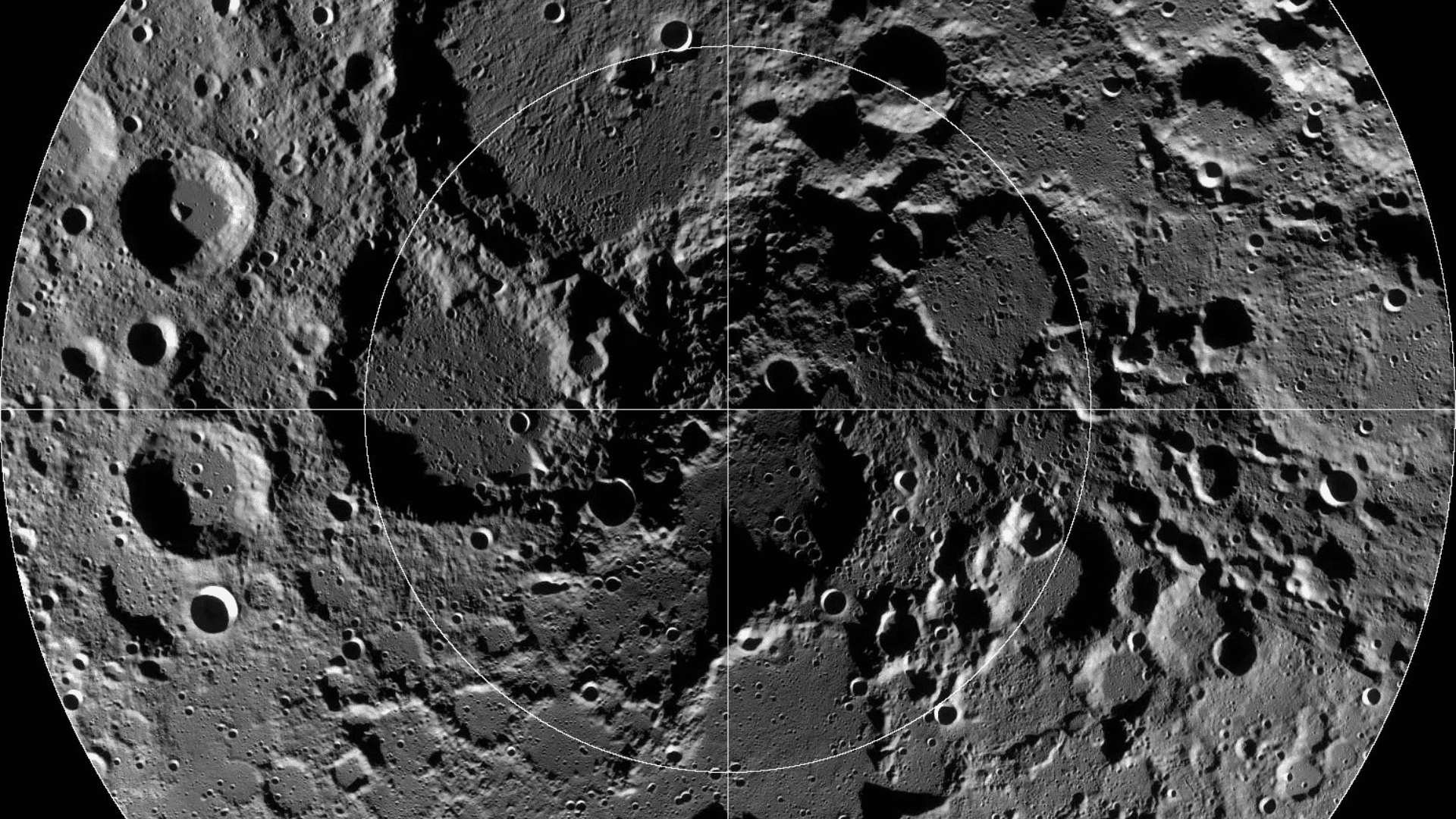According to a new study, over 1 trillion dollars worth of precious metals could be mined directly from the Moon. The project targets the Moon’s craters. According to a 2020 study, the Moon has approximately 109,000 new craters in the low—and mid-latitude regions of our natural satellite.
Lunar Crater

“A lunar crater forms when an asteroid, meteoroid, or comet, typically moving faster than the speed of sound, plunges into the Moon’s surface,” NASA stated. “The energy of the object – determined by its size, density and speed – as well as the type of surface it hits and the angle at which it hits, all factor into what kind of crater forms in this explosive impact.”
The new paper, published in Planetary and Space Science, theorizes that these impacts would deposit precious metals onto the Moon’s surface. Using an estimate of the near-Earth asteroids containing precious metal ores from 2014, the research team tracked asteroids impacting the Moon and approximated how many ore-bearing remnants remain in areas of the Moon that could be commercially exploited.
Led by independent researcher and astronomer Jayanth Chennamangalam, the team analyzed the size of the impactors, the metals they contain, and how many hit the Moon at a velocity that would still keep the metals close to the lunar surface. The results showed that approximately 6,500 craters could contain precious metals in commercially viable quantities.
“When we consider craters at or above a threshold diameter of 1 km, we estimate an upper limit of craters with asteroid remnants containing significant amounts of platinum group metals and an upper limit of craters with asteroid remnants that contain significant amounts of water in the form of hydrated minerals,” the team explains in their paper.
A rough estimate provided by Chennamangalam to New Scientist stated that there could be over $1 trillion worth of precious platinum and other metals.
“Today, astronomy is done to satiate our curiosity,” told the publication. “It has very few practical applications and is mostly paid for by taxpayer money, meaning that research funding is at the mercy of governmental policy. If we can monetise space resources – be it on the moon or on asteroids – private enterprises will invest in the exploration of the Solar System.”


